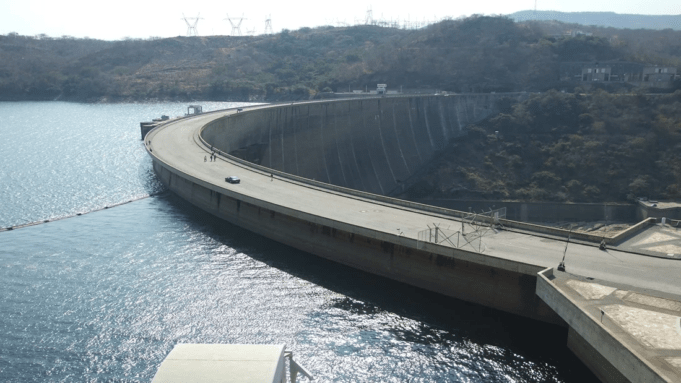Drought Deepens: Zambia, Zimbabwe Face Record Low Water Allocation for Power Generation
In a move that threatens to exacerbate existing power woes, Zambia and Zimbabwe have been allocated a record-low water quota for power generation from Lake Kariba, the iconic dam on the Zambezi River. The Zambezi River Authority (ZRA), the binational body managing the resource, announced a paltry 16 billion cubic meters (BCM) for 2024, a significant 47% reduction from the revised 30 BCM allocation in 2023. This unprecedented cut, driven by persistently low rainfall in the catchment area, casts a long shadow over the energy security of both nations.
“The allocation reflects the anticipated poor inflows into the lake,” stated ZRA CEO Munyaradzi Munodawafa, highlighting the grim reality. This isn’t the first time the water tap has been tightened. In early 2023, the initial 40 BCM allocation was revised downwards due to dwindling water levels. The latest reduction, however, deals a heavy blow to both the Zambian Electricity Supply Corporation (ZESCO) and Zimbabwe’s Zimbabwe Power Company (ZPC), who will each receive just 8 BCM, compared to the current 15 BCM.
The consequences are far-reaching. Reduced hydropower generation translates to increased reliance on expensive thermal alternatives, pushing up electricity costs for consumers and businesses alike. This, in turn, stifles economic activity and discourages investment. In Zambia, where over 80% of power generation comes from Kariba, the impact will be particularly acute. The mining sector, a vital source of foreign exchange, is likely to bear the brunt, with potential production cuts and job losses looming.
Zimbabwe, already grappling with crippling power shortages, faces further hardship. The reduced allocation comes at a time when the country is struggling to narrow its budget deficit and attract much-needed investment. The prospect of extended blackouts and rationing adds another layer of complexity to an already challenging economic landscape.
While the ZRA assures both countries are prioritizing prudent water management, the long-term outlook remains uncertain. Climate change projections indicate increased variability in rainfall patterns, raising concerns about the sustainability of Kariba as a reliable power source. Both Zambia and Zimbabwe must urgently explore alternative energy solutions, such as solar and wind power, to mitigate future risks and ensure energy security for their populations and economies.
This unprecedented water allocation serves as a stark reminder of the vulnerabilities of relying on a single source for power generation, especially in the face of climate change. As the region grapples with the immediate impact of power shortages, it must simultaneously chart a course towards a more diversified and resilient energy future.




